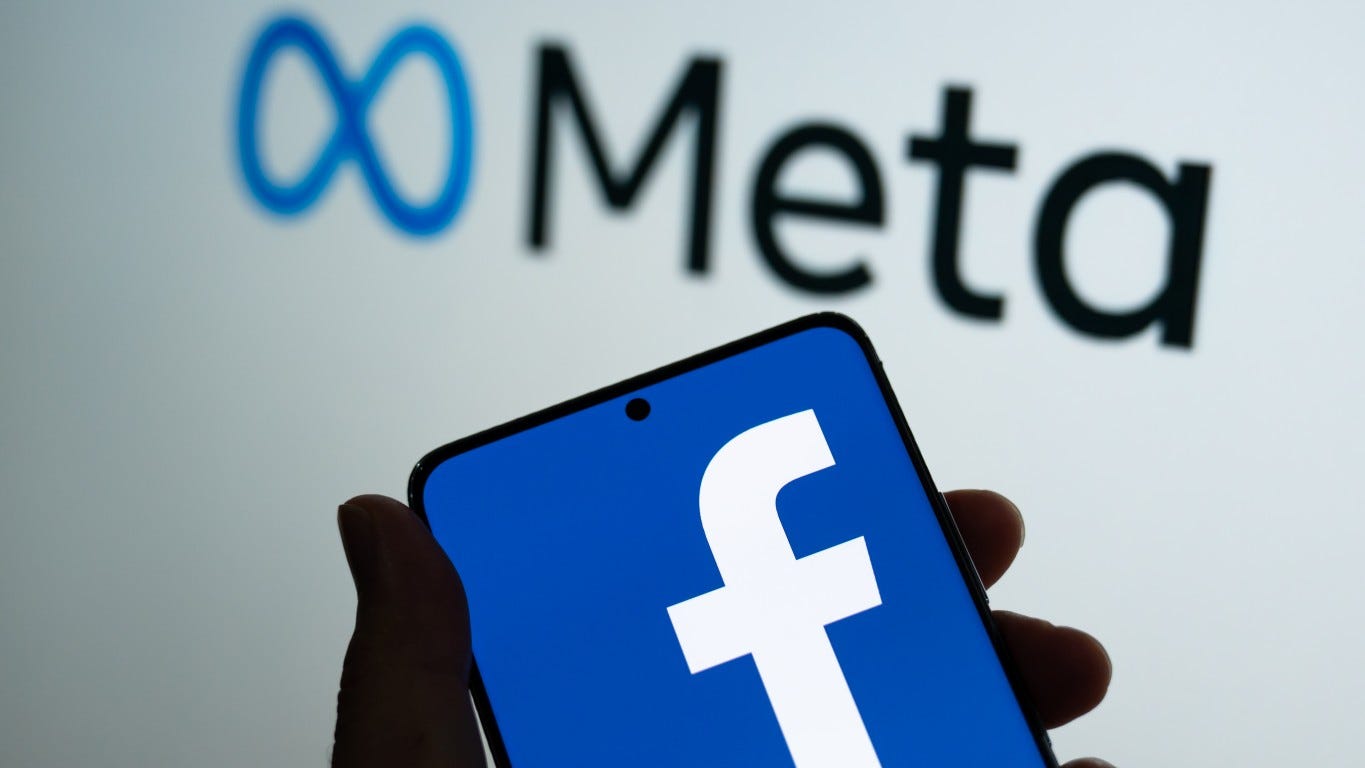
We have written about this topic in the past. But the landscape of social media’s effect on our youth morphs daily. So here is an update.
In today’s digital age, social media platforms have become an integral part of the lives of young people. While these platforms offer unprecedented opportunities for connection, communication and information-sharing, they also present a significant challenge: the exacerbation of addiction issues among youth. We’ll delve into the multifaceted relationship between addiction and social media, exploring the underlying causes, consequences and potential solutions to this growing concern.
Over the past decade, social media has undergone an explosive expansion, with platforms like Facebook, Instagram, Snapchat, TikTok, and X (Twitter) becoming ubiquitous in the lives of adolescents and young adults. This widespread adoption has created an environment where constant connectivity is not just an option, but often a societal expectation.
What is the influence of social media on youth?
Social validation and peer pressure: Social media platforms provide a space where popularity and acceptance are quantifiable through metrics like likes, comments and followers. This creates an environment where individuals, especially impressionable youth, may feel pressured to conform to trends, even if it involves engaging in risky behaviors, including substance use.
Escapism and coping mechanism: For many young people, social media offers an escape from the challenges of everyday life. This can be particularly appealing to those struggling with underlying mental health issues such as anxiety, depression or loneliness. Unfortunately, this escapism can sometimes lead to seeking solace in substances.
Triggering content and peer influence: Exposure to content glorifying substance use or advocating for risky behaviors can act as triggers for vulnerable individuals. Additionally, peer groups that endorse or normalize substance use can further reinforce these behaviors.
The cycle of addiction and social media
Instant gratification and dopamine response: Social media platforms are designed to provide instant gratification through likes, comments and notifications, triggering a release of dopamine in the brain. This neurochemical response, akin to the one associated with substance use, can contribute to addictive patterns of behavior.
FOMO (fear of missing out): The fear of missing out on social events, trends or experiences depicted on social media can lead young individuals to seek out social gatherings where substances may be present. This can inadvertently expose them to environments conducive to substance abuse.
Online communities and enabling behavior: Social media provides a platform for like-minded individuals to form communities centered around substance use. These online spaces can facilitate the sharing of tips, advice, and even the normalization of addictive behaviors.
Consequences and concerns
Mental health implications: Excessive use of social media and the subsequent risk of addiction can have detrimental effects on mental health. Feelings of inadequacy, low self-esteem and depression can result from the constant comparison with curated online personas.
Exposure to triggers: Constant exposure to triggering content, including images or posts related to substance use, can perpetuate and exacerbate addiction issues among vulnerable youth.
Isolation and alienation: Paradoxically, while social media aims to connect people, excessive use can lead to isolation and feelings of alienation. This can be particularly profound for individuals struggling with addiction, as they may withdraw from real-world support systems.
Multi-faceted approach
Addressing addiction issues among youth in the context of social media necessitates a multi-faceted approach. Education, both within schools and communities, about the potential risks associated with social media and substance use is crucial. Additionally, mental health support systems should be strengthened to address underlying issues driving addictive behaviors.
Ultimately, it is imperative that society acknowledges the profound impact of social media on the lives of young people and works towards creating a balanced and healthy digital environment. By doing so, we can hope to mitigate the negative consequences and pave the way for a more supportive and nurturing online community for our youth.
Wellspring Center for Prevention offers in-person presentations tailored to youth, parents and caregivers and educators. To reserve a presentation at your school or community, fell free to reach out to Director of Prevention Services Mara Carlin, at 732-254-334 ext. 113 or via email at [email protected].
Ezra Helfand is CEO/Executive Director of the Wellspring Center for Prevention (formerly NCADD of Middlesex County, Inc.) You can reach him at [email protected].
